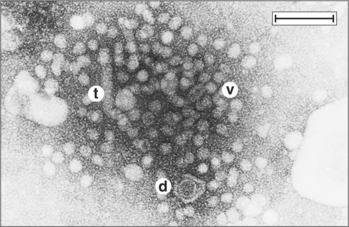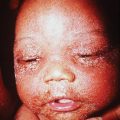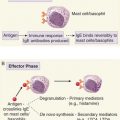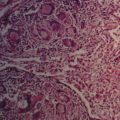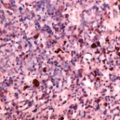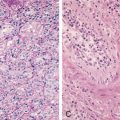CASE 39
FD, a 3-month-old HIV-positive patient who is stable on triple therapy with essentially normal CD4 counts, is referred to your transplant team with fulminant hepatitic failure (FHF). A complete blood cell count with differential was requested. Rapidly progressing liver failure has been apparent over the past 2 days, during which laboratory tests (bilirubin, aspartate aminotransferase [AST], alanine aminotransferase [ALT], albumin, international normalized thromboplastin ratio [INR], prothrombin time [PT], and activated partial thromboplastin time [aPTT]) were ordered. Hepatitis B infection was confirmed when enzyme-linked immunosorbent assay (Elisa) revealed anti-HBc IgM antibodies. Following the results of these tests, abdominal computed tomography [CT] and ultrasonography were also requested.
QUESTIONS FOR GROUP DISCUSSION
RECOMMENDED APPROACH
Implications/Analysis of Family History
FD’s mother is a hepatitis B virus (HBV) carrier who was identified during maternal screening and was found to have anti-HBc and anti-HBe IgG antibodies specific for the HBV core and HBe (pre core) antigens (HBcAg and HBeAg, respectively). HBeAg is associated with HBcAg (Fig. 39-1). Additional enzyme-linked immunosorbent assays (ELISAs) revealed that the mother was positive for the HBs antigen (HBsAg) but negative for HBeAg. Had the mother been HBeAg positive, the infant would have been given gamma globulin (anti-HBV antibodies) and the first of the three required HBV vaccine antigens. Because the mother was negative for HBeAg, the child had not been given either therapy, according to the regulations in place. HBsAg may also be detected in liver biopsies (Fig. 39-2).
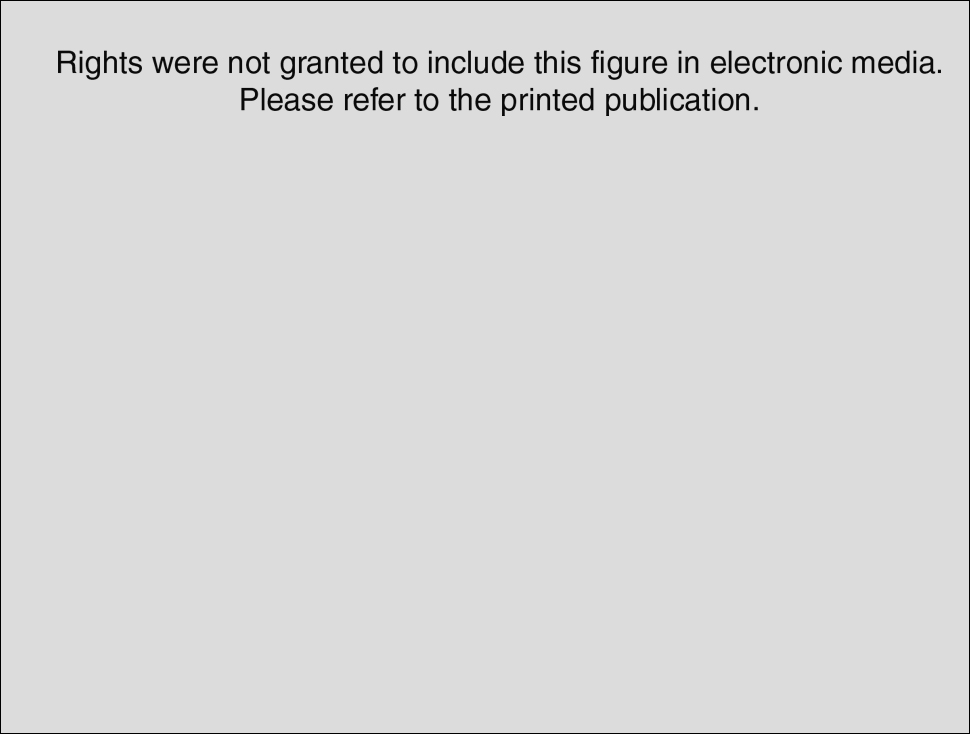
FIGURE 39-1 Serologic and clinical patterns observed during acute and chronic hepatitis B infection.
(From Murray P, Rosenthal K, Kobayashi Y, Pfaller M: Medical Microbiology, 4th ed. St Louis, Mosby, 2002; redrawn from Hoofnagle JH: Annu Rev Med 32:1–11, 1981.)
Stay updated, free articles. Join our Telegram channel

Full access? Get Clinical Tree


